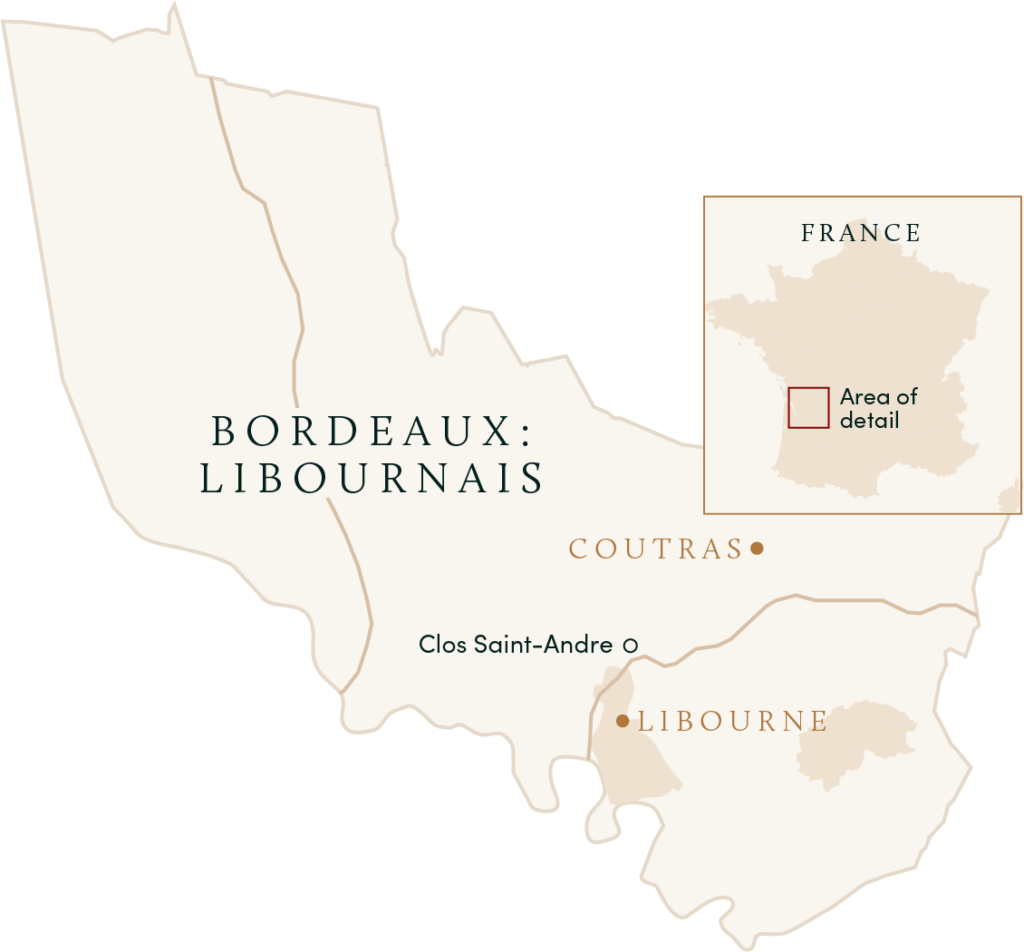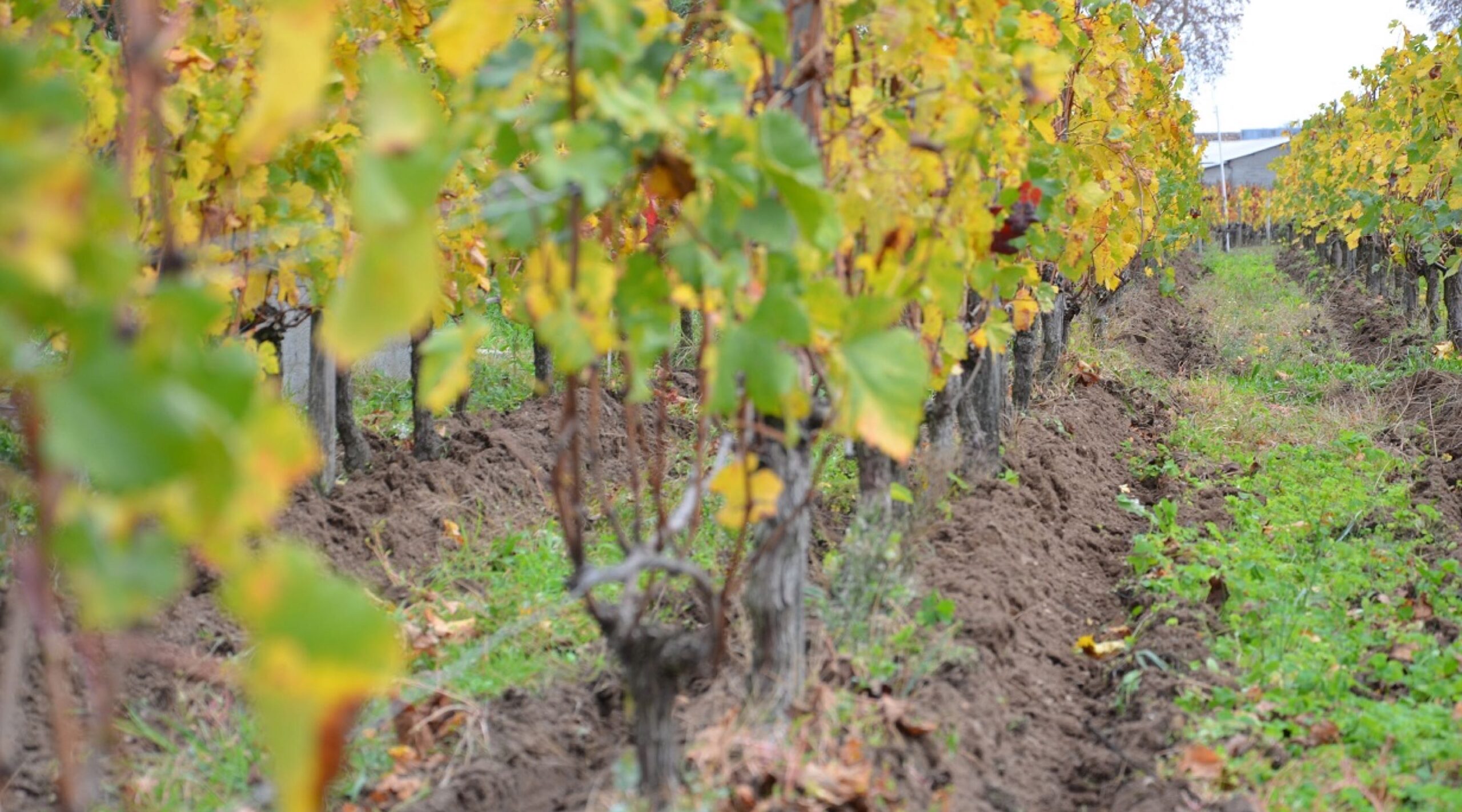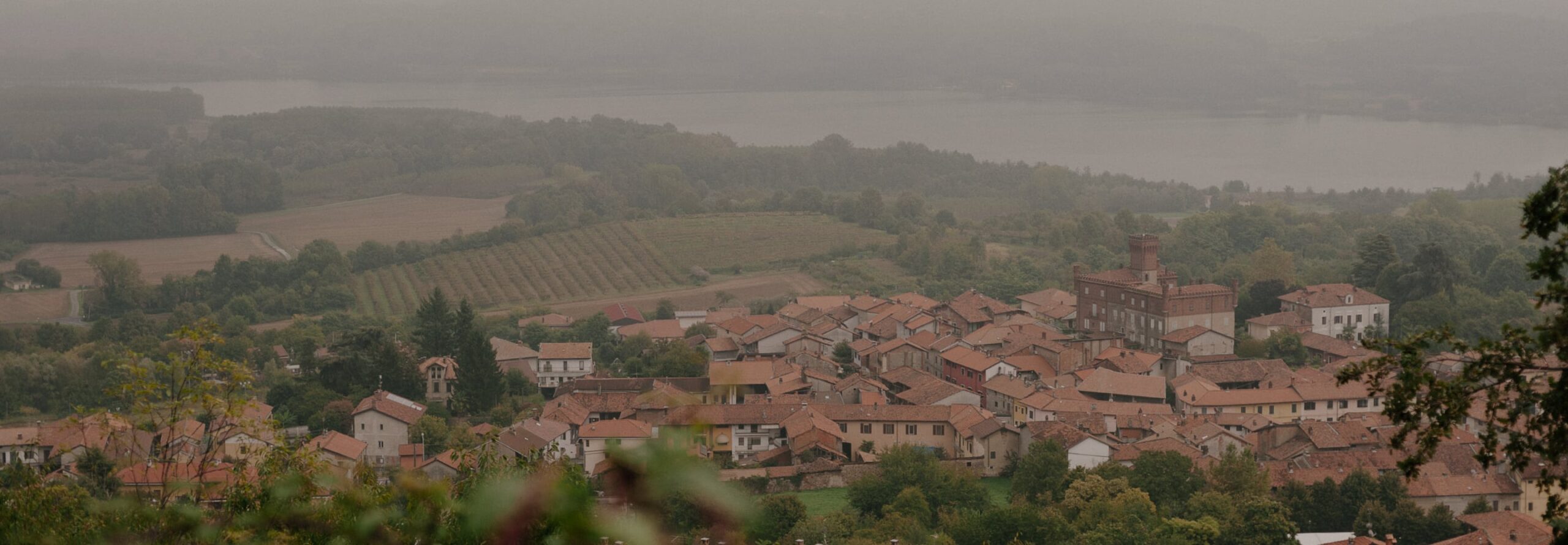One of the smallest estates in Pomerol at just under a hectare in size, Clos Saint-Andre is truly a one-man show, run by Jean-Claude Desmarty. The first vines were planted in 1923 by Jean-Claude’s great-grandmother, Alice Desmarty, as part of a polycultural approach that included several vegetable plantings and she sold her wines to local merchants. The next two generations allowed outside vignerons to tend the vines and make their own wines; thus, Jean-Claude is the first in his family to produce estate-bottled Pomerol under the Clos Saint-Andre name. The first wine to be bottled was the 2004 vintage.
Jean-Claude treats the tiny vineyard like a garden and refers to himself as a gardener rather than a viticulteur, as he works each vine by hand, with no mechanical aides. Many of the original vines, planted in 1923, are still alive and healthy, though the average age is now (as of 2011) just above 60 years. The low yields of well-aged vines allow him a mere 35 hectoliters per hectare, below the typical Pomerol levels of 49hl/ha. A typical Pomerol encepagement of majority Merlot (approximately 80%) with the rest a combination of Cabernet Franc and Cabernet Sauvignon is planted in the clay-rich soils, with all of the harvested fruit going into the wine each vintage. The concept of an assemblage, where a blend representing the estate is selected and produced, has no place at a small domaine where each healthy grape is necessary.
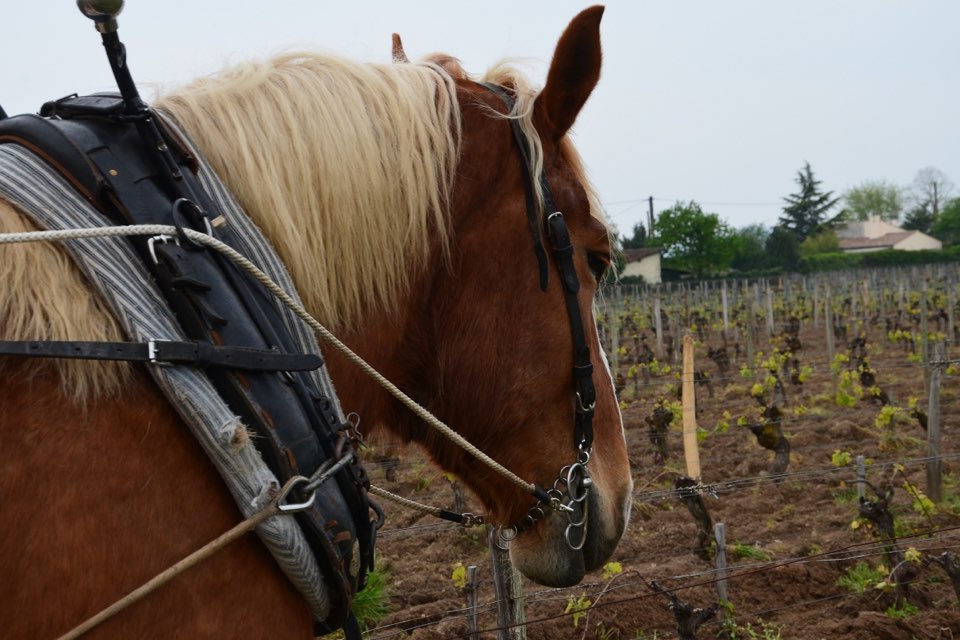
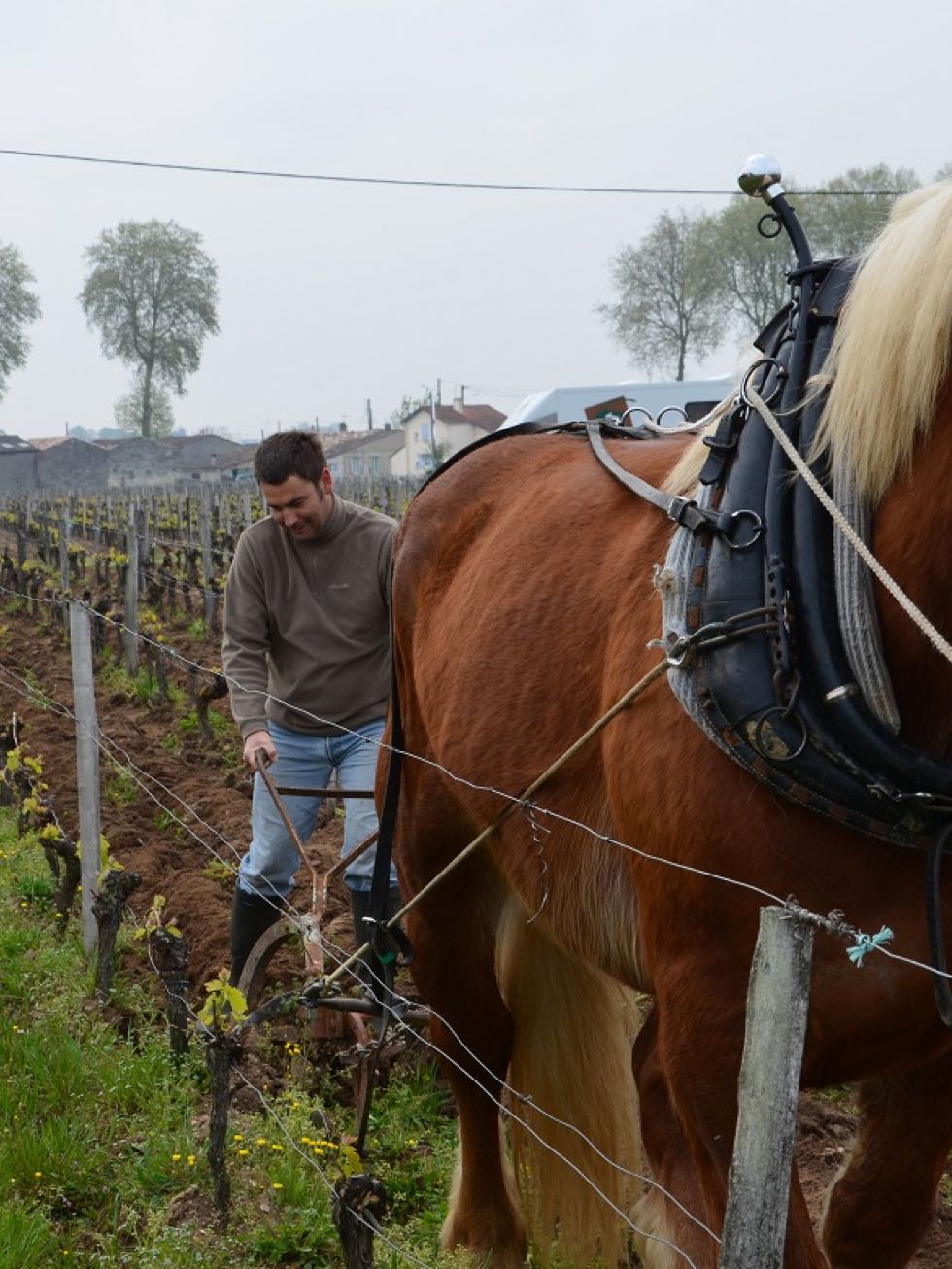
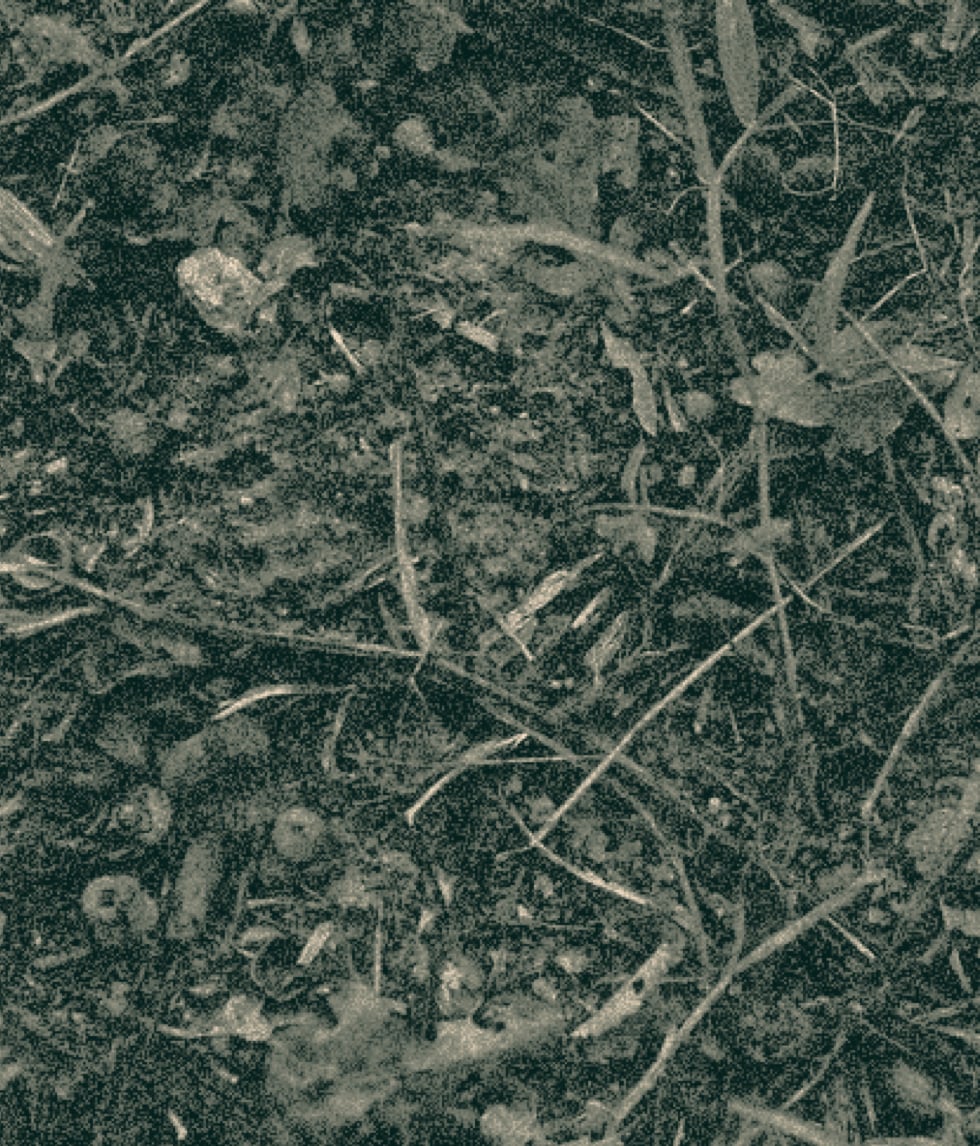
Jean-Claude treats the tiny vineyard like a garden and refers to himself as a gardener rather than a viticulteur, as he works each vine by hand, with no mechanical aides.
When the grapes ripen, Jean-Claude calls together a small group of family and friends and completes his harvest in about five hours, with all fruit carried into the chai in bags loaded on people’s backs. Next, the group works to sort the fruit before adding them to the stainless steel tanks where fermentation will take place. No tractors or pumps are involved, every action is by hand, allowing for the highest possible standards when selecting the grapes that will make up each year’s wine.
Vinification lasts about three weeks and is entirely manual, using grapes, two arms, thoughtfulness and care as tools. Alcoholic fermentation occurs spontaneously, initiated by the indigenous yeasts found on the grape skins, followed by a natural malolactic fermentation. The wine spends 16-18 months in barrels, of which a small portion is new oak.
Farming
Practicing organic
Treatments
Only copper-sulfate, all vineyard work by hand
Ploughing
Horse ploughing
Soils
Clay-sand marls with gravel deposits similar to those of the Médoc. Subsoils, locally known as “crasse de fer” are iron-oxide rich bands of sand
Vines
Oldest planted in 1923 youngest in 1995, average age 60 years, trained in Guyot, varieties coplanted
Yields
Green harvest to control yields just before véraison
Harvest
Entirely manual
PURCHASING
Entirely estate fruit
Fermentation
Spontaneous fermentation in stainless-steel tank following hand destemming
Extraction
A combination of pigeages and remontages depending on the nature of the vintage
Chaptalization
None
Pressing
Basket press
Malolactic Fermentation
Spontaneous, directly following the fermentation in autumn
Élevage
16-18 months in oak barrels (80% new)
LEeS
Wines rest on fine lees during élevage, no bâtonnage
FINING & FILTRATION
Unfined, unfiltered
SULFUR
Minimal, applied only at harvest, after malolactic, and at bottling
